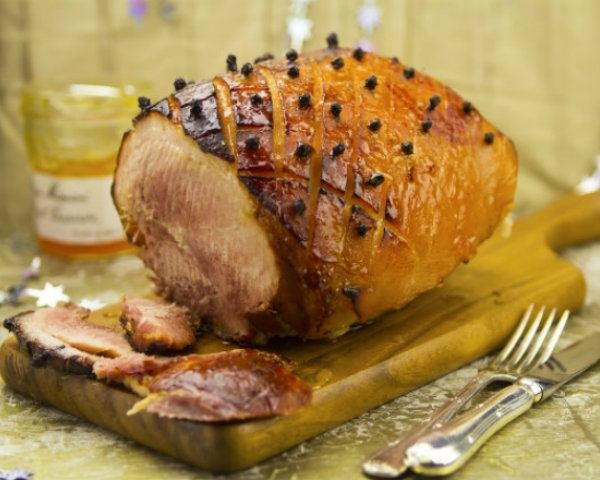Funeral Food: 10 Customs Around The World
We may receive a commission on purchases made from links.
Today, many Americans are squeamish about death. Throw in the concept of incorporating food into the ceremony in some way, and they get downright squirmy.
It's a shame, since most cultures the world over have no such qualms about death and food. Indeed, the two are extremely interconnected — after all, both are an essential part of life — and so exploring how other people through the millennia have combined the two offers a window not only into our differences, but our similarities as well.
Click here to see the Funeral Food: 10 Customs Around the World (Slideshow)
Thankfully, most Americans are comfortable with sharing a meal after a funeral or memorial service; indeed, it's considered rude to refuse. In any case, there's no better way to prove you're alive: With the simple act of eating, you're assuming that you're going to need the fuel for the future you expect you're going to have. You can ask any caterer: most people eat a lot more food at funerals than at weddings. And that cuts across all cultures.
However, as funerals become more of a do-it-yourself proposition — not the embalming, thank you very much — and more people are taking charge of planning their own funeral services with a mind toward turning it into a party instead of a sob-fest, thanks in part to the popularity of the TV show Six Feet Under, learning about the funeral practices of other cultures can only help us put the fun into funeral.
The simple truth is that food goes a long way in helping survivors to cope with their loss. In my book Death Warmed Over: Funeral Food, Rituals, and Customs From Around the World I describe how 75 different cultures from various countries and religions around the world use food in conjunction with death in ritualistic, symbolic, and even nutritious ways.
